Photos: In Ypres, Belgium, honoring those who died in WWI
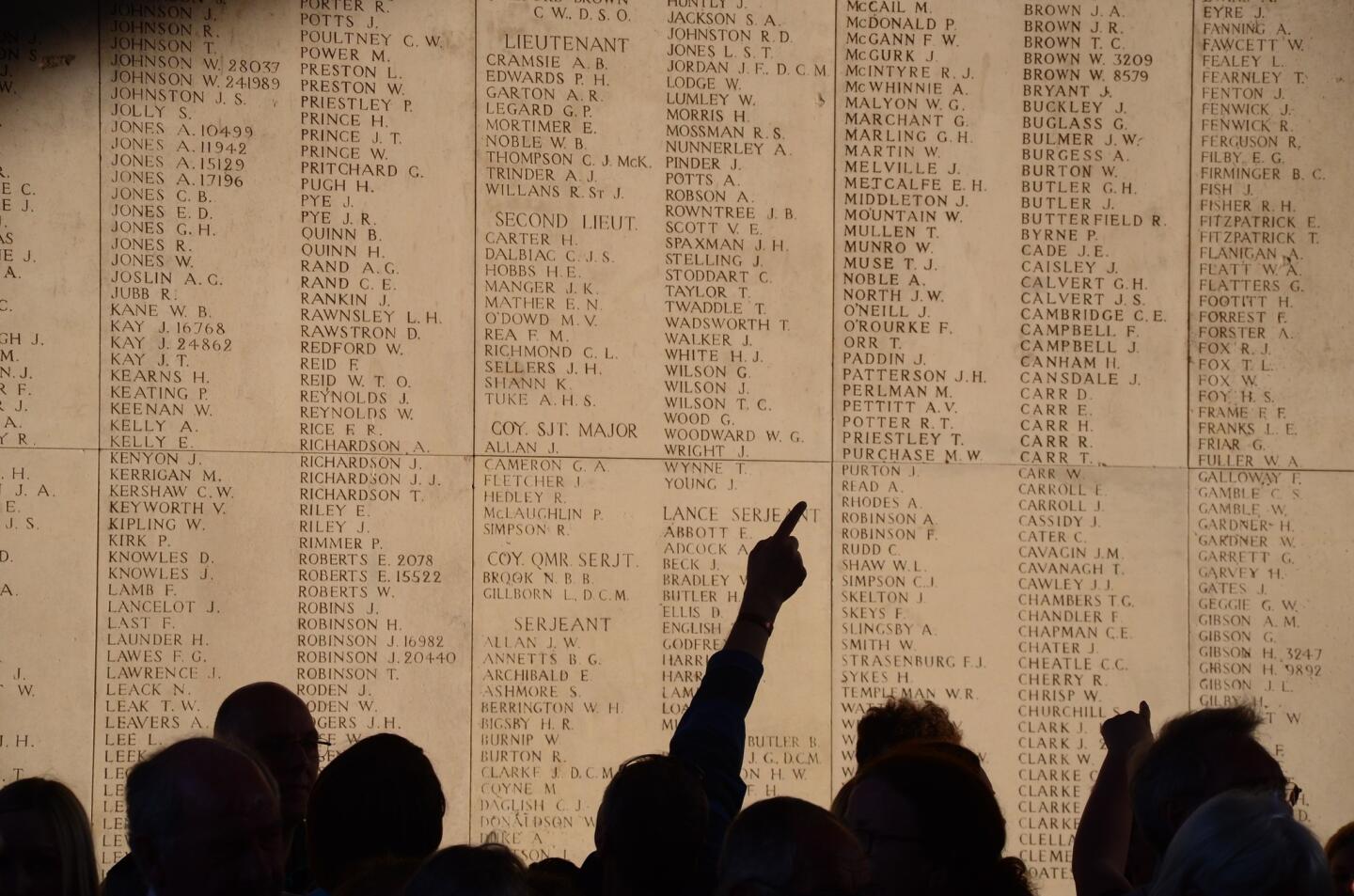
The Menin Gate honors missing soldiers from the British Commonwealth’s World War I effort. Nightly it draws visitors who commemorate their sacrifice. (Chris Reynolds / Los Angeles Times)
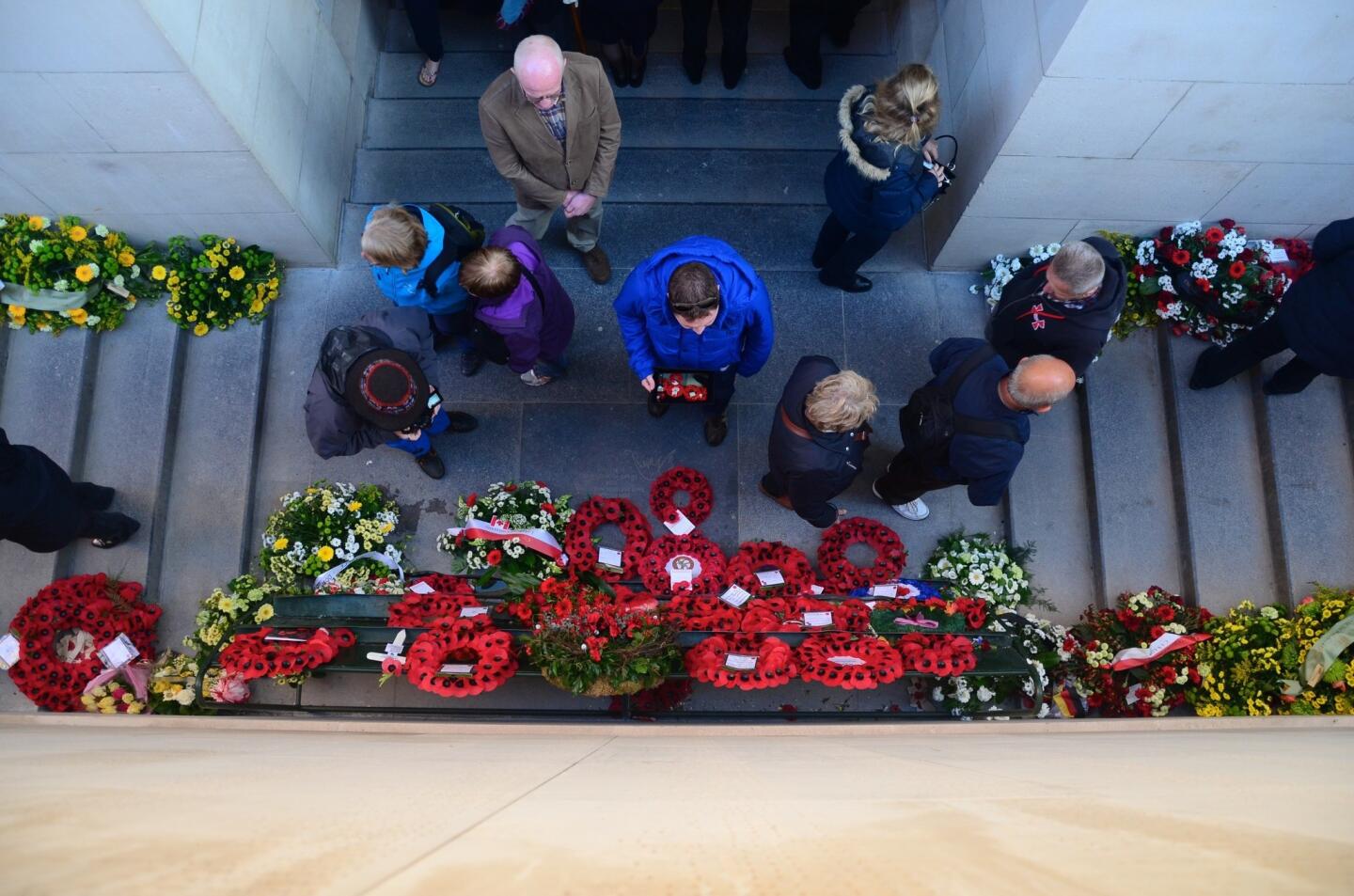
At a nightly ceremony in Ypres, bugles sound and wreaths are laid at the gate by visitors from many countries, some in uniform. (Chris Reynolds / Los Angeles Times)
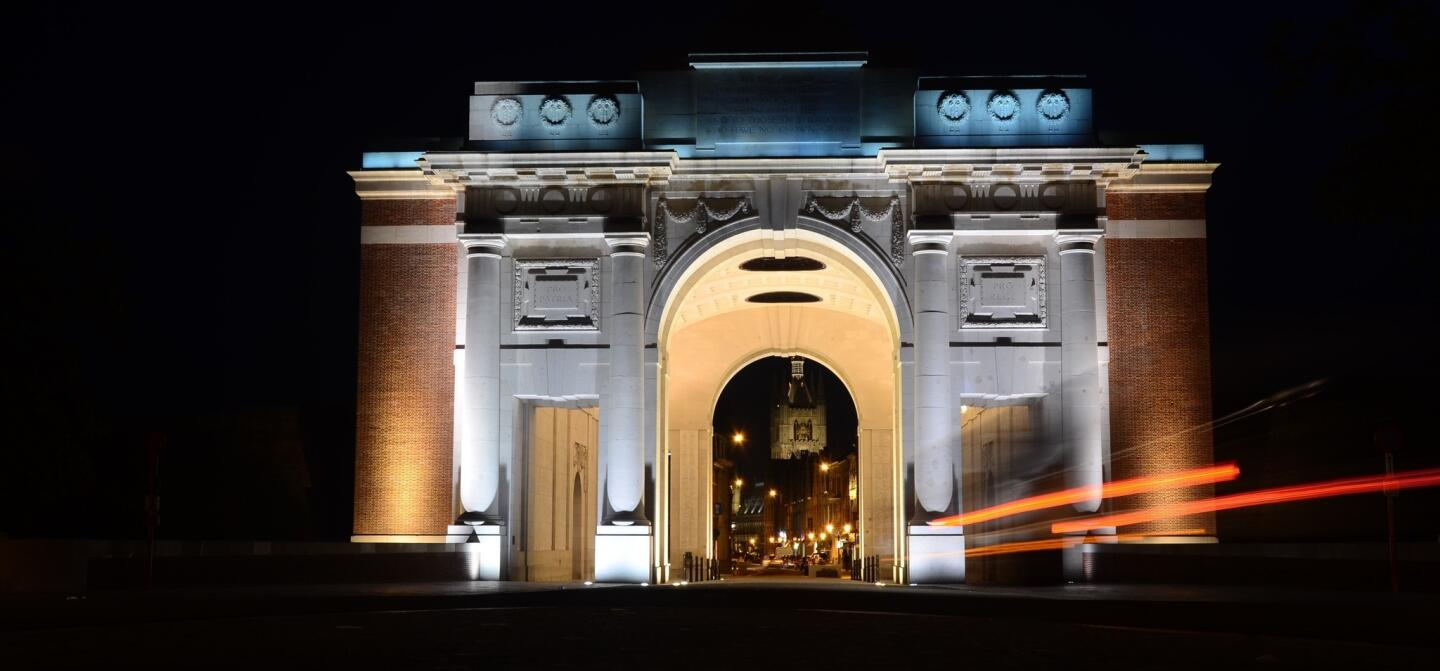
The Menin Gate in the evening, as seen from outside. (Chris Reynolds / Los Angeles Times)
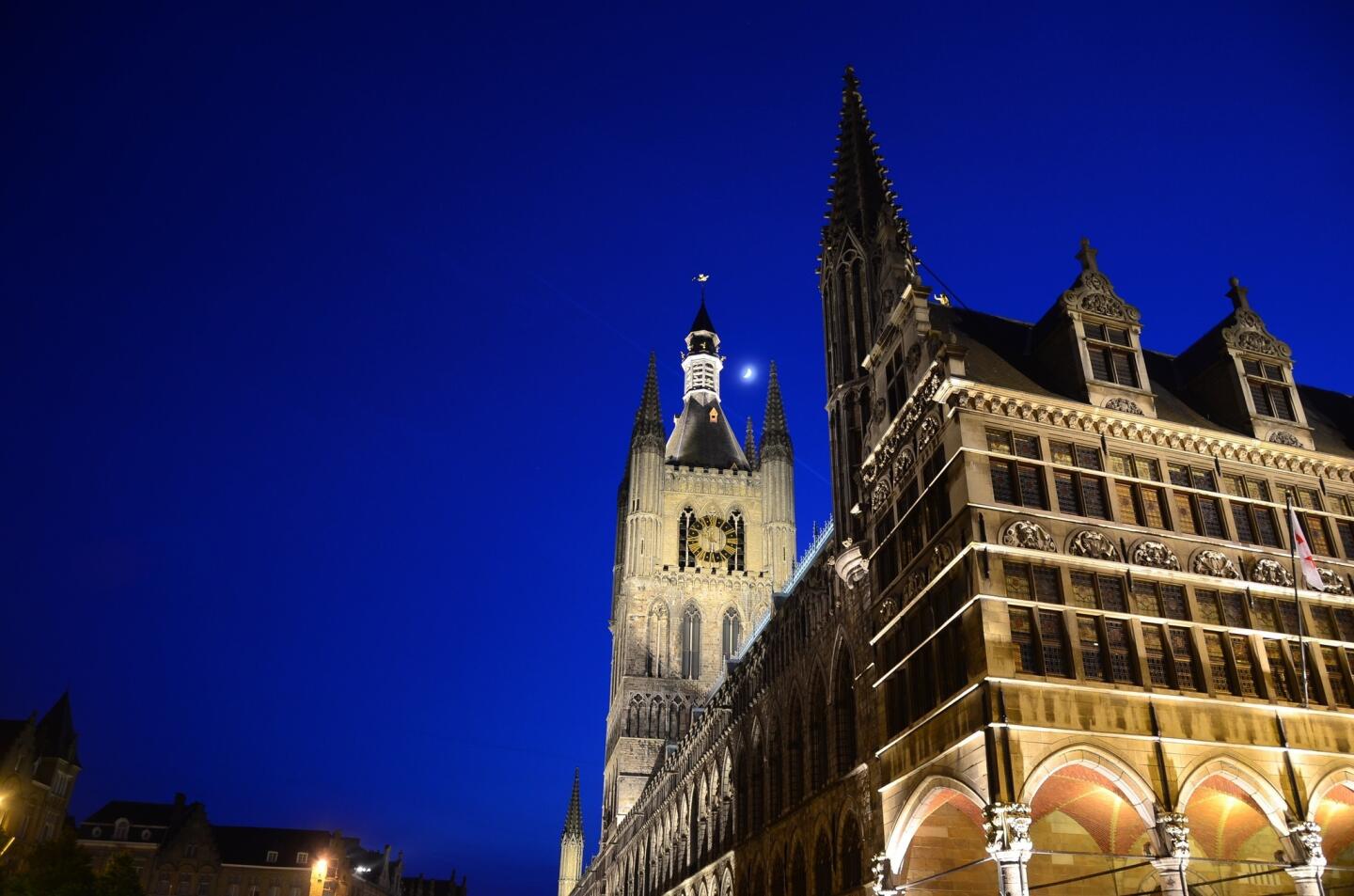
Ypres has become a pilgrimage point for many Britons and others. This is Cloth Hall, which was built in the 14th century and rebuilt in the 20th. (Chris Reynolds / Los Angeles Times)
Advertisement
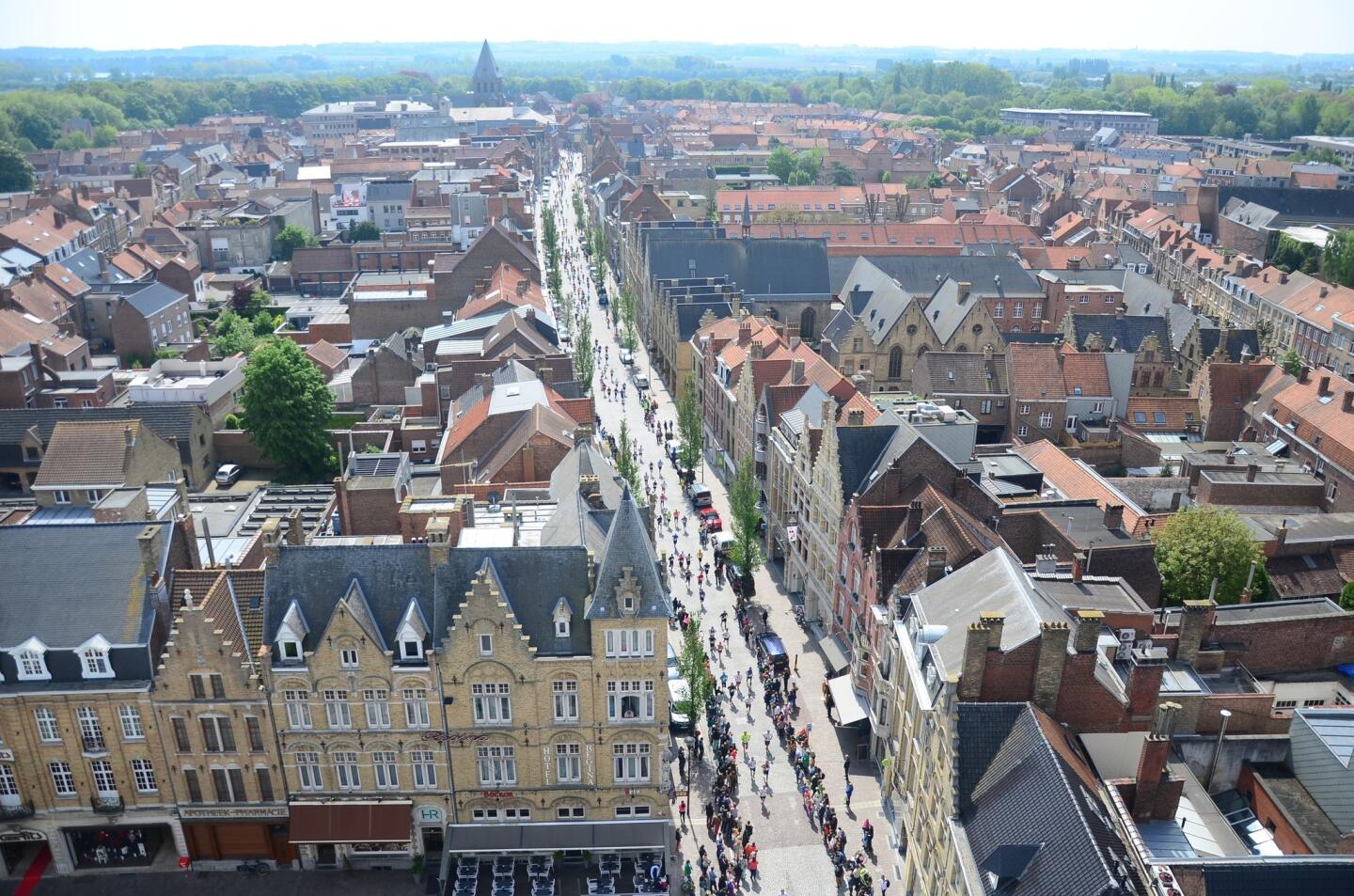
This is the daytime view from Ypres’ landmark Cloth Hall’s 410-foot-tall clock tower, taken during a charity footrace. (Chris Reynolds / Los Angeles Times)
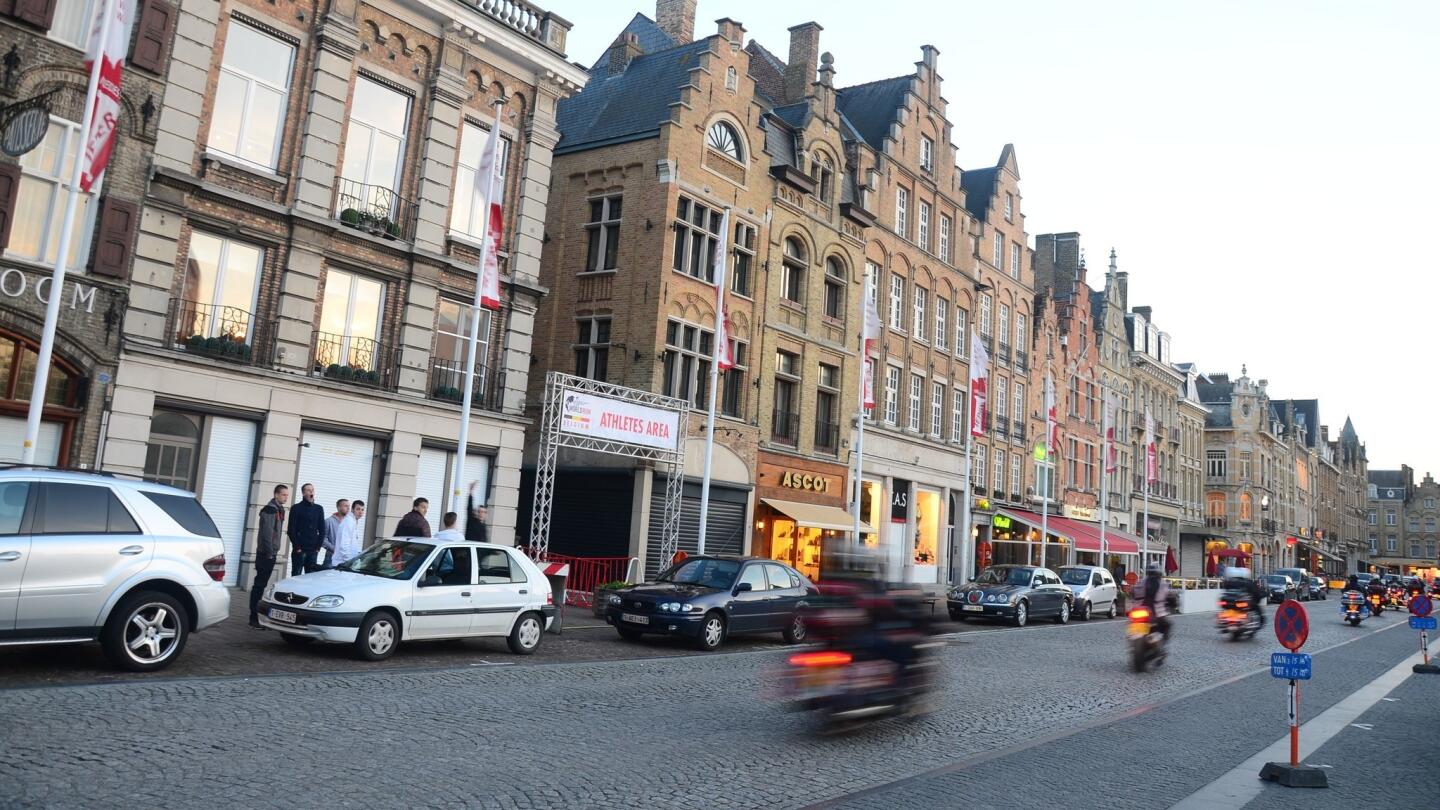
Most of Ypres, Belgium, was leveled in World War I but rebuilt to resemble the original medieval city. (Chris Reynolds / Los Angeles Times)
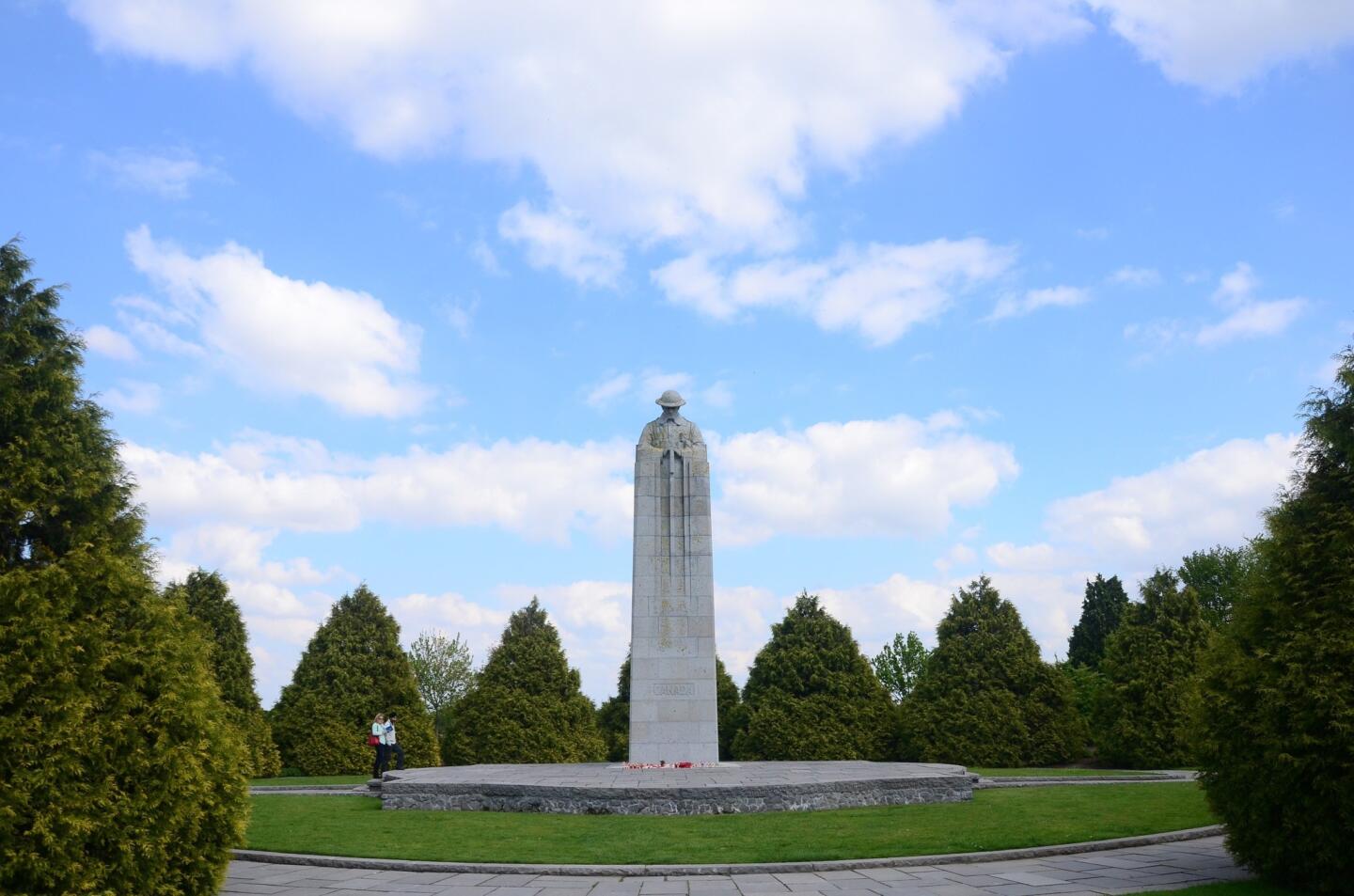
The St. Julien Memorial in Saint-Julien, Langemark, Belgium, commemorates soldiers of the Canadian First Division, which faced the first poison gas attacks on the Western Front of World War I. The statue is known as “The Brooding Soldier.” (Chris Reynolds / Los Angeles Times)
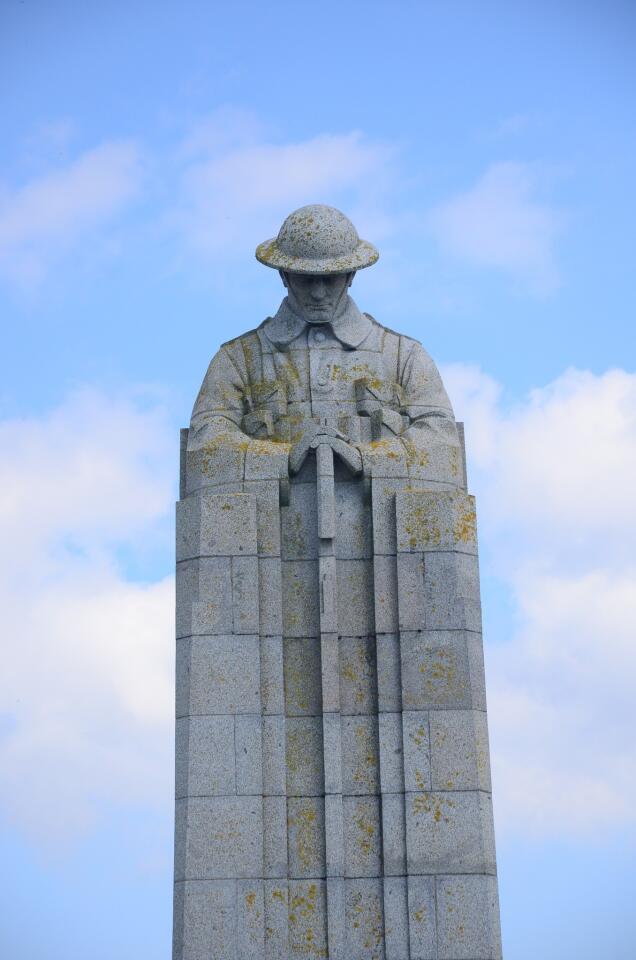
A closer look at “The Brooding Soldier.” (Chris Reynolds / Los Angeles Times)
Advertisement
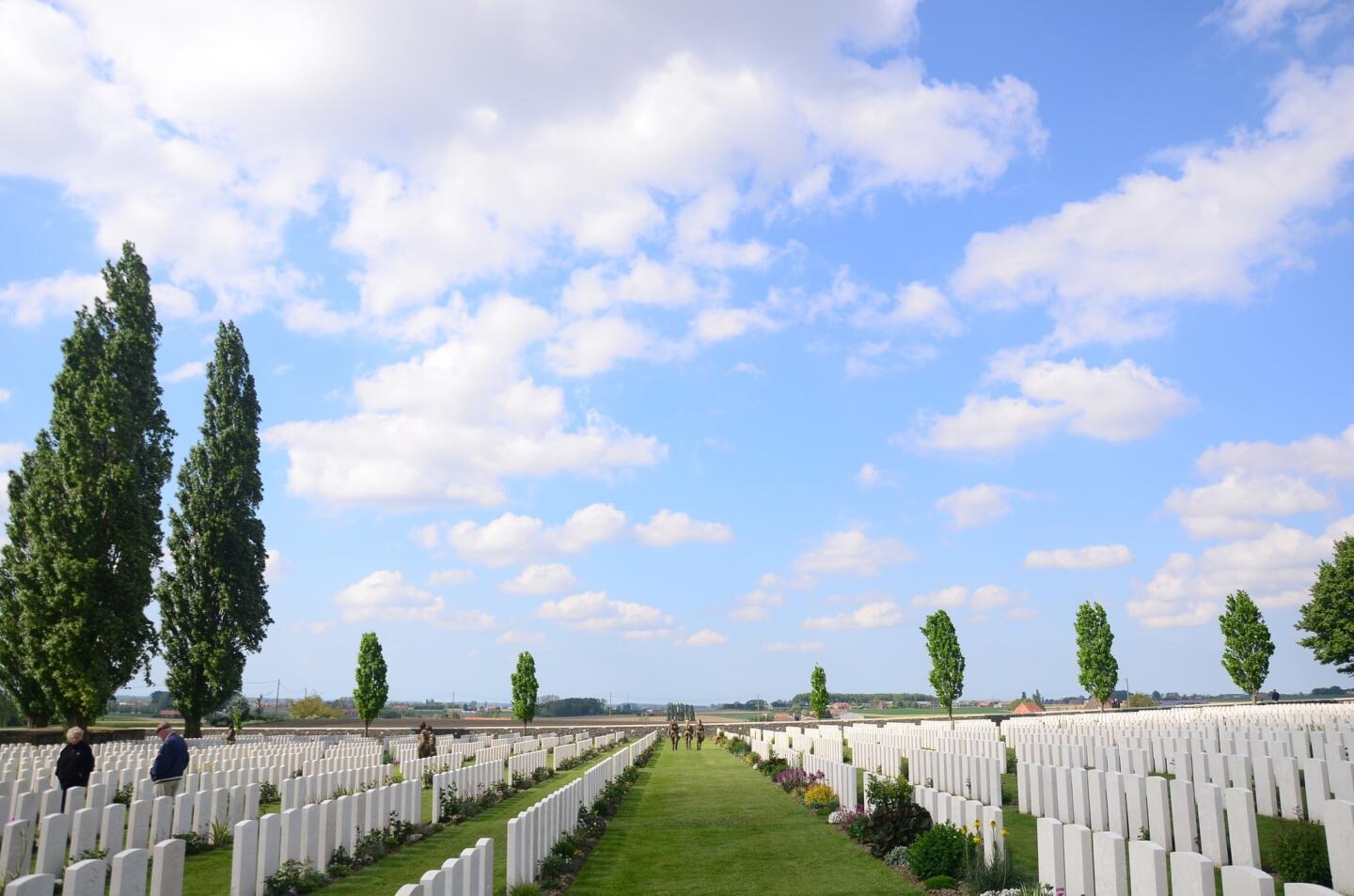
Tyne Cot Commonwealth War Graves Cemetery is one of the largest among scores of World War I cemeteries outside Ypres, Belgium. (Chris Reynolds / Los Angeles Times)
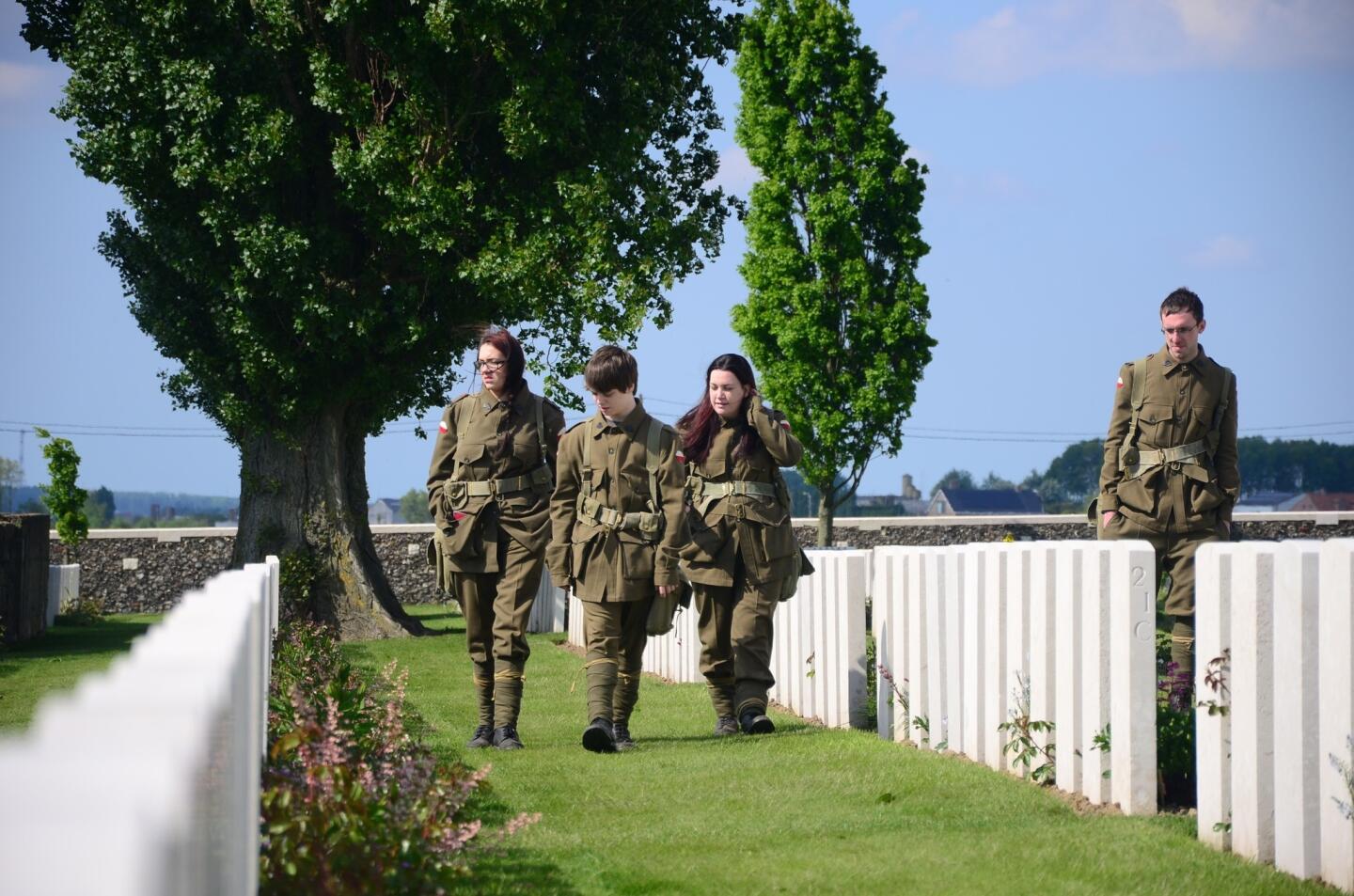
Teenagers from England suit up for a living history visit. (Chris Reynolds / Los Angeles Times)
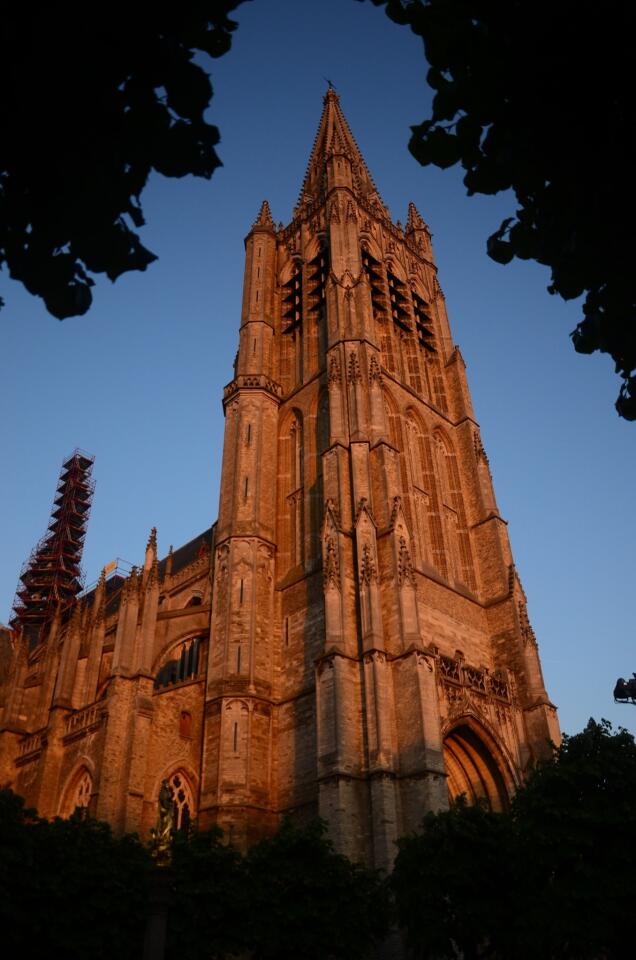
St. Martin’s Cathedral in Ypres, Belgium, was built in the 14th century, devastated in World War I, then rebuilt. (Chris Reynolds / Los Angeles Times)
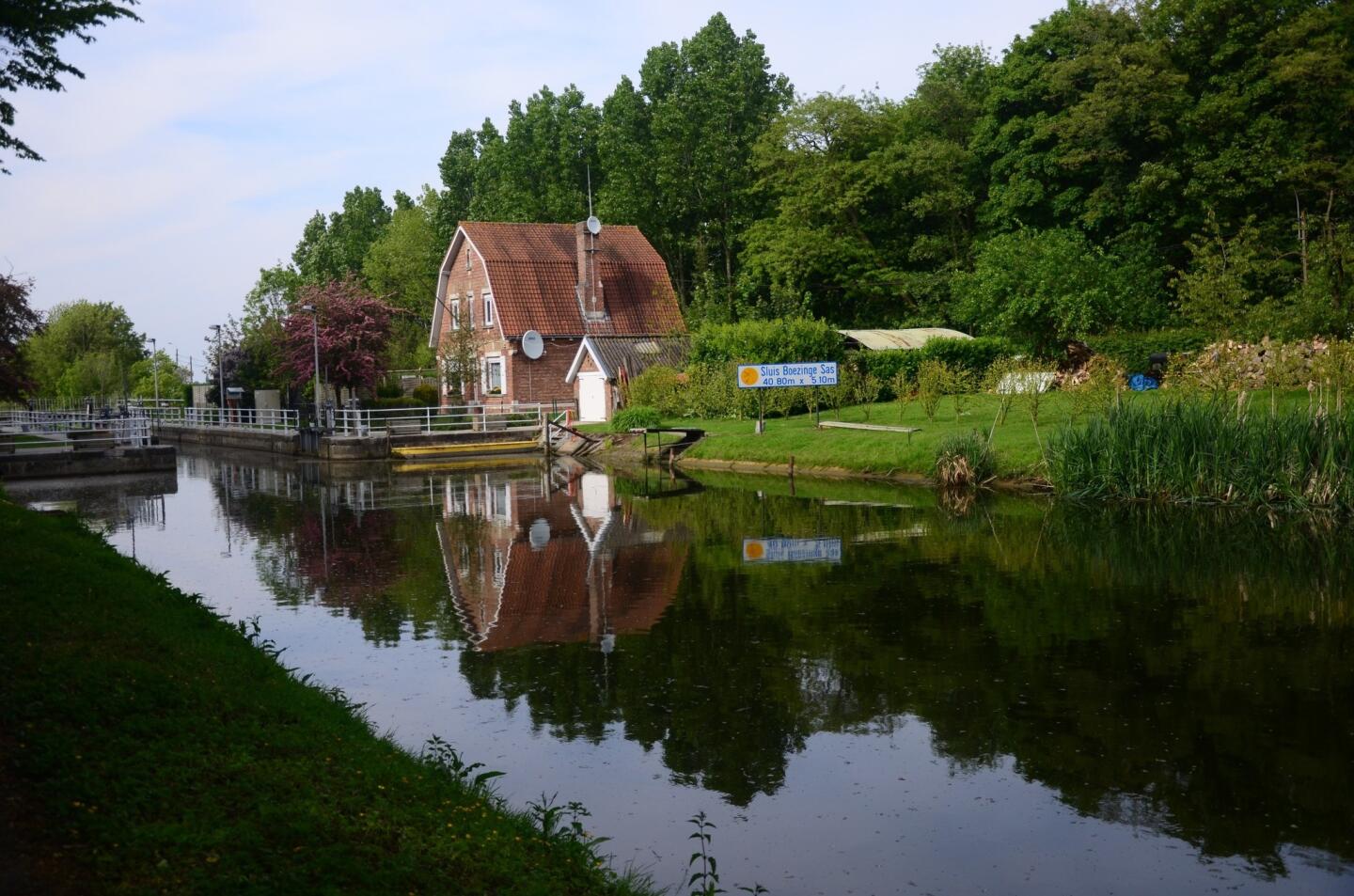
This canal connecting the Belgian cities of Ypres and Diksmuid runs through the village of Boezinge. (Chris Reynolds / Los Angeles Times)



